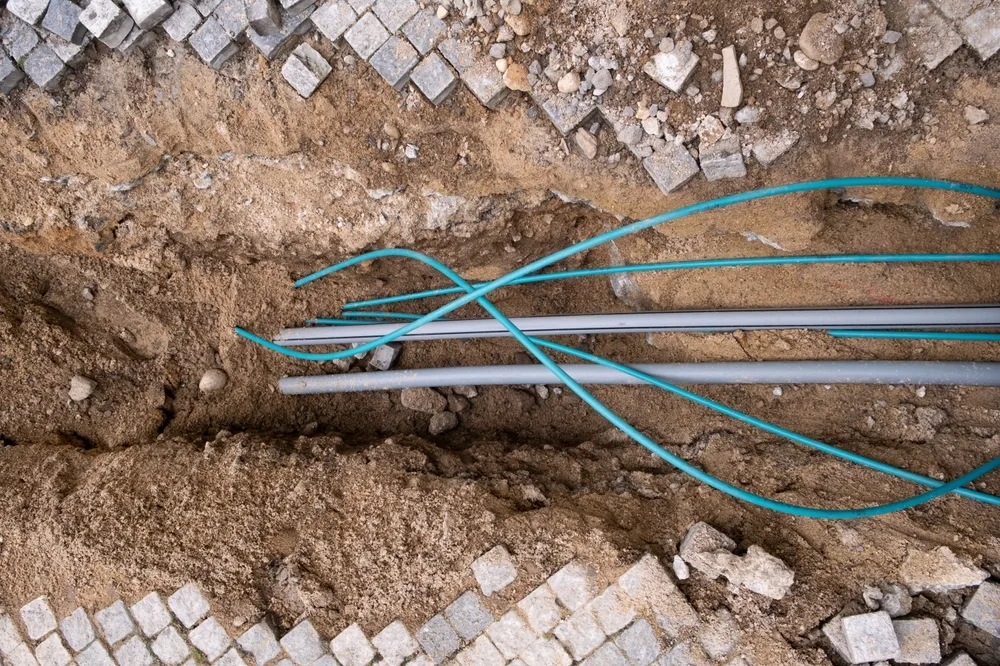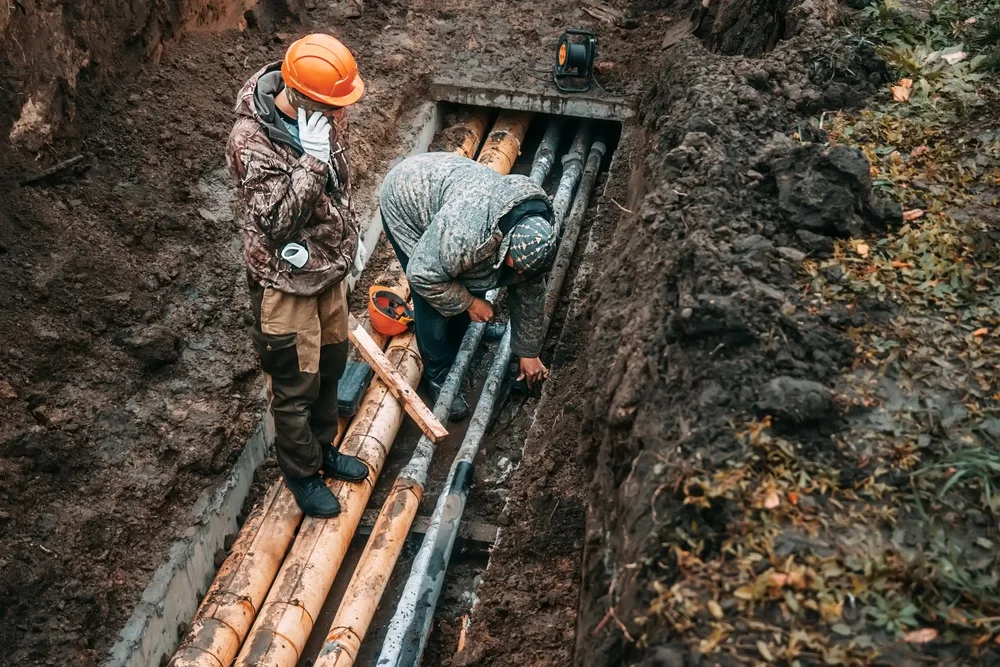Installing underground cabling is a crucial part of many infrastructure and utility projects. From powering homes and businesses to supporting telecommunications networks, underground cables provide reliable service while maintaining the aesthetics of the environment. However, successful underground cabling requires careful planning and attention to several critical factors. Here are the key considerations to keep in mind when planning an underground cabling project.
Project Planning and Design
The success of any underground cabling project begins with a thorough planning and design phase. This includes determining the type of cable required, the depth of installation, and the route it will follow.
Key Questions to Ask:
- What type of cable (power, fiber optic, etc.) is needed for the application?
- Are there any environmental or geographical challenges along the planned route?
- What regulations or permits are required for the installation?
Soil and Ground Conditions
Understanding the soil and ground conditions along the cable route is essential for determining the best installation method. Factors like soil composition, moisture content, and the presence of rocks or debris can influence the approach and equipment used.
Considerations:
- Trenching may be ideal for soft, stable soil.
- Horizontal directional drilling (HDD) is often the best option for rocky or uneven terrain.
- Soil testing can help identify potential challenges and guide the installation process.
Depth and Protection Requirements
Cables need to be installed at the proper depth to ensure safety and compliance with local regulations. Depth requirements vary depending on the type of cable and the environment (urban, rural, or industrial).
Protective Measures:
- Conduits or ducts can provide additional protection against environmental damage or interference.
- Markers and warning tape should be installed to prevent accidental digging in the future.
Utility Mapping and Clearance
Before beginning any underground cabling project, it’s crucial to locate and mark existing utilities, such as water, gas, and sewer lines. Failing to do so can result in costly damages, delays, or even safety hazards.
Best Practices:
- Use professional utility locating services to identify existing infrastructure.
- Obtain clearance from local utility companies before starting the project.
Environmental and Legal Compliance
Every underground cabling project must comply with environmental regulations and local laws. This includes obtaining the necessary permits, adhering to zoning requirements, and minimizing disruption to natural habitats.
How We Help:
Unlimited Underground manages permitting and compliance processes, ensuring your project meets all legal and environmental standards.
Cable Maintenance and Access
Planning for future maintenance is an often-overlooked aspect of underground cabling projects. Designing the installation with easy access points can reduce the cost and complexity of repairs or upgrades.
Tips:
- Include access points at strategic intervals.
- Document the exact cable route and depth for future reference.
Partner with Unlimited Underground for Expert Cabling Solutions
At Unlimited Underground, we understand the complexities of underground cabling projects and provide tailored solutions to meet your needs. With expertise in directional boring, trenching, and compliance management, we ensure your project is completed safely, efficiently, and on time. If you’re ready to start your underground cabling project, contact us today for a consultation and experience the Unlimited Underground difference.


